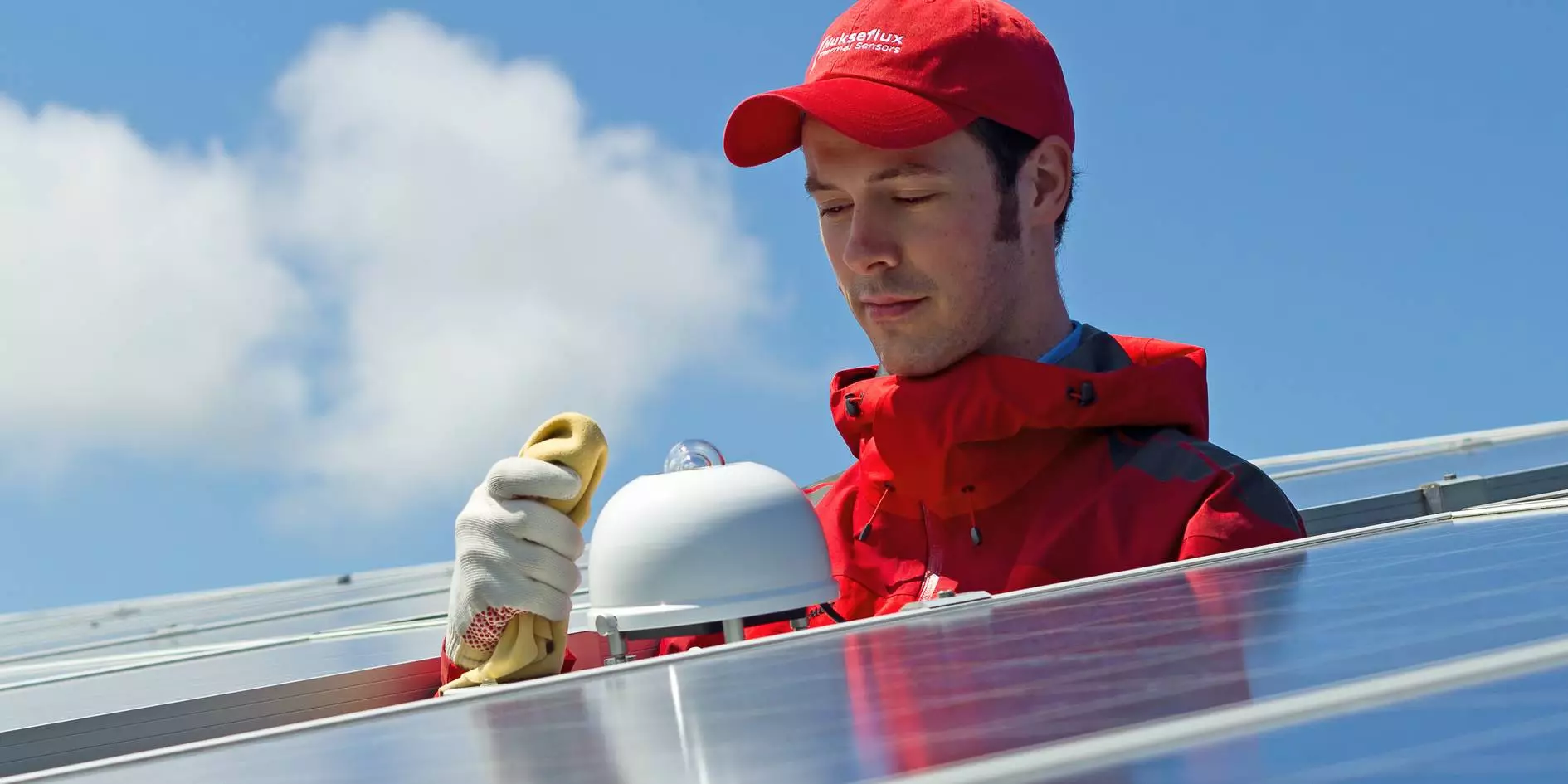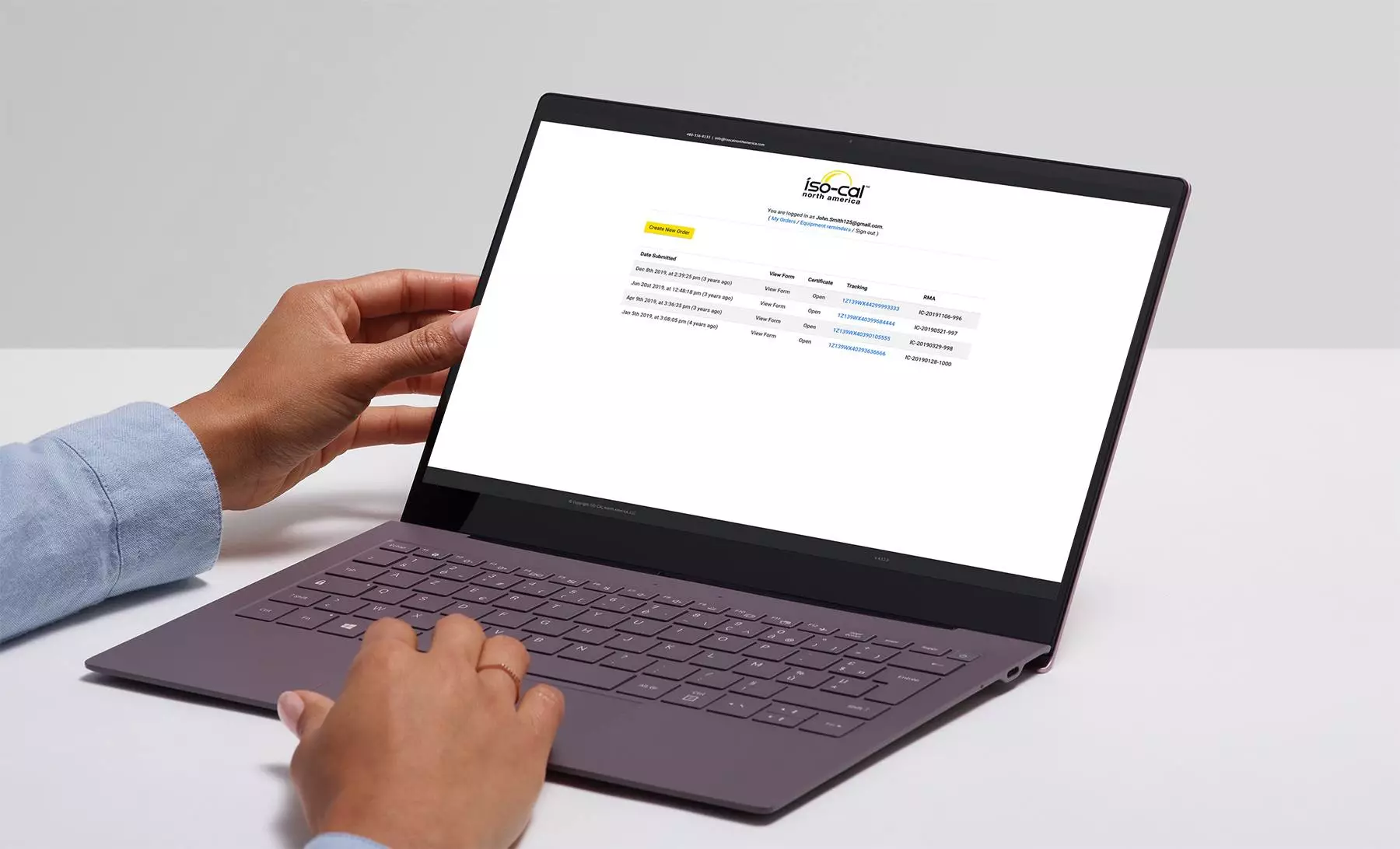
Solar Radiation Measurement 101: A Beginner’s Guide
Solar radiation measurement is a crucial aspect of various industries, from renewable energy to agriculture and climate research. This beginner's guide will introduce you to the basics of solar radiation measurement, its importance, and the tools used in the field.
What is Solar Radiation?
Solar radiation refers to the energy emitted by the sun in the form of electromagnetic waves. This energy travels through space and reaches Earth's atmosphere and surface. Understanding and measuring solar radiation is essential for:
- Solar energy production
- Weather forecasting
- Climate studies
- Agricultural planning
- Building design and energy efficiency
Types of Solar Radiation
Before diving into measurement techniques, it's important to understand the different types of solar radiation:
- Direct radiation: Sunlight that reaches the Earth's surface without being scattered or absorbed by the atmosphere.
- Diffuse radiation: Sunlight that has been scattered by particles in the atmosphere before reaching the Earth's surface.
- Reflected radiation: Sunlight that is reflected off surfaces such as water, snow, or buildings.
- Global radiation: The sum of direct and diffuse radiation on a horizontal surface.
Why Measure Solar Radiation?
Accurate solar radiation measurements are crucial for:
- Optimizing solar panel placement and efficiency
- Predicting energy output from solar power plants
- Studying climate change and its effects
- Enhancing crop yield in agriculture
- Improving building energy efficiency
Tools for Measuring Solar Radiation
Several instruments are used to measure different aspects of solar radiation:
1. Pyranometer
A pyranometer is the most common instrument for measuring global solar radiation. It typically consists of a sensor under a glass dome and measures radiation from all directions.
Key features:
- Measures global radiation (direct + diffuse)
- Wide viewing angle (usually 180 degrees)
- Used in weather stations and solar energy applications
2. Pyrheliometer
A pyrheliometer measures direct solar radiation. It has a narrow field of view and must be pointed directly at the sun, often using a solar tracker.
Key features:
- Measures only direct radiation
- Narrow viewing angle (typically 5 degrees)
- Often used in solar energy research and high-precision measurements
3. Net Radiometer
A net radiometer measures the difference between incoming and outgoing radiation, both in shortwave (solar) and longwave (terrestrial) spectrums.
Key features:
- Measures net radiation balance
- Used in climate and agricultural studies
- Consists of upward and downward facing sensors
4. Spectroradiometer
A spectroradiometer measures the intensity of radiation as a function of wavelength, providing detailed information about the spectral composition of solar radiation.
Key features:
- Measures radiation intensity across different wavelengths
- Used in advanced research and specialized applications
- Provides detailed spectral information
Factors Affecting Solar Radiation Measurements
Several factors can influence the accuracy of solar radiation measurements:
- Instrument calibration: Regular calibration is essential for maintaining accuracy.
- Environmental conditions: Temperature, humidity, and wind can affect instrument performance.
- Shading and reflections: Nearby objects can cast shadows or reflect additional light onto the sensor.
- Atmospheric conditions: Clouds, aerosols, and air pollution can impact radiation levels.
- Instrument maintenance: Keeping sensors clean and properly aligned is crucial for accurate readings.
Best Practices for Solar Radiation Measurement
To ensure accurate and reliable measurements:
- Choose the right instrument for your specific needs.
- Ensure proper installation and orientation of instruments.
- Implement a regular calibration schedule.
- Keep instruments clean and well-maintained.
- Consider local environmental factors when interpreting data.
- Use data logging systems for continuous monitoring.
- Follow manufacturer guidelines and industry standards.
Conclusion
Understanding solar radiation measurement is fundamental for anyone working in fields related to renewable energy, climate science, or agriculture. By grasping the basics outlined in this guide, you're well on your way to appreciating the complexities and importance of solar radiation measurement. As you delve deeper into this field, remember that accurate measurements are the foundation of informed decision-making and scientific progress in solar-related industries.
For more detailed information on specific instruments or advanced measurement techniques, consult with solar radiation measurement experts or refer to industry-specific guidelines and standards.


